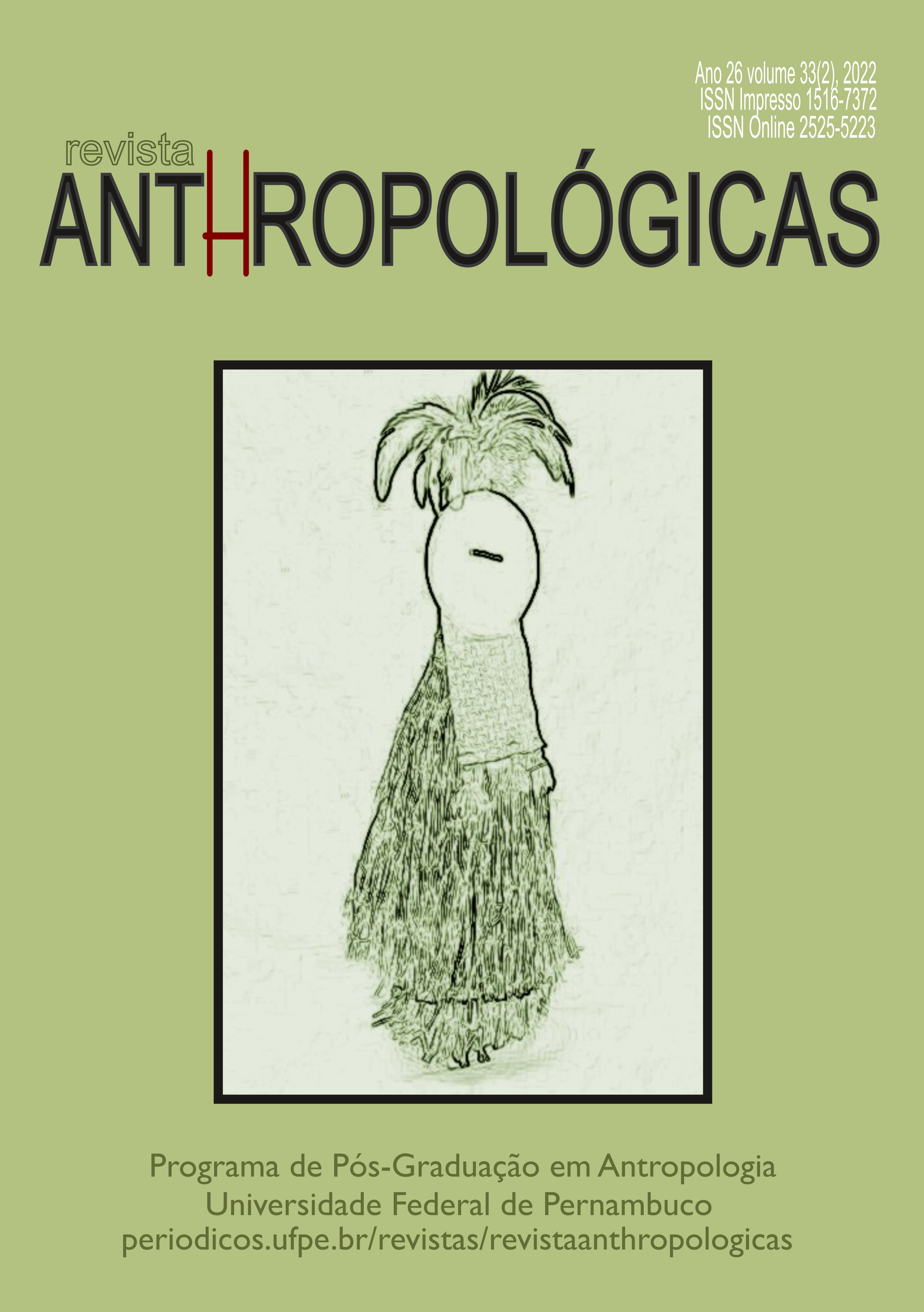CUTS, Cortacabezas. Fragmented and visionary conversations about predation and technocapitalism in the Colombian Amazon
DOI:
https://doi.org/10.51359/2525-5223.2022.257002Keywords:
Amazonia, Cortacabezas, technocapitalism, ethnography, cinemaAbstract
This article explores the rumor of the cortacabezas from two types of narratives. One, from the construction and circulation of the rumor and how it conveys indigenous perceptions about the danger of the devastation of beings and of worlds. Two, from an analysis of its visuality, the images it produces and from a series of cinematographic bets that translate ethnographic approaches to rumor and that have allowed us to expand debates on cultural extractivism, interventionism and predation in the Amazon in conjunction with collaborators from some indigenous peoples of the region. The repertoires extend poetically in the ways of representing this rumor sensorially. Our cinematic imagination is illuminated by the light of a series of exchanges between cinema, anthropology, science fiction and other operations on the borders of what we declare here as an ethnographic experience from the body and feeling.
References
CURE, Salima. 2010. El cortacabezas. Construcción y circulación de un rumor en la frontera Amazónica de Colombia, Brasil y Perú. Quito: Editorial Abya-Yala.
DAS, Veena. 1996. “Rumor as performative: A contribution to the theory of perlocutionary speech”. Conferencia en honor de Sudhir Kumar Bose, Delhi, St. Stephens College.
FERNÁNDEZ, G. & PEDROSA, J. M. (eds). 2088. Vampiros, sacamantecas, locos, enterrados vivos y otras pesadillas de la razón. Madrid: Calambur Editorial.
GUHA, R., 1994. Elementary Aspects of Peasant lnsurgency in Colonial India. Delhi: Oxford University Press.
JURADO, Andrés. 2013. “¿Cómo le gustó América?”. Cuadernos de Música, Artes Visuales y Artes Escénicas, 8(1):127-144
JURADO, Andrés. 2022. Yarokamena. Documental Experimental. La Vulcanizadora-Kintop.
TAUSSIG, M. T. 1980. The Devil and Commodity Fetishism in South America. Chapel Hill: University of North Carolina Press.
SCHEPER-HUGHES, N. 1996. “Theft of life: Organ stealing rumours”. Anthropology Today, 12(3):3-10.
STEWARTY, P. & STRATHERN, A. 2008. Brujería, hechicería, rumores y habladurías. Madrid: Ediciones Akal.
TURNER, P. 1993. I Heard It on the Gravepine: Rumor in African-American Culture. Berkeley: University of California Press.
VALENTIM, M. A. 2014. “A sobrenatureza da catástrofe”. Revista Landa, 3(1):3-25.
WHITE, L. 2000. Speaking With Vampires: Rumor and History in Colonial Africa. Berkeley: University of California Press.
Downloads
Published
Issue
Section
License
Direitos Autorais para textos publicados na Revista ANTHROPOLÓGICAS são do autor, com direitos de primeira publicação para a revista.
Authors retain the copyright and full publishing rights without restrictions.


